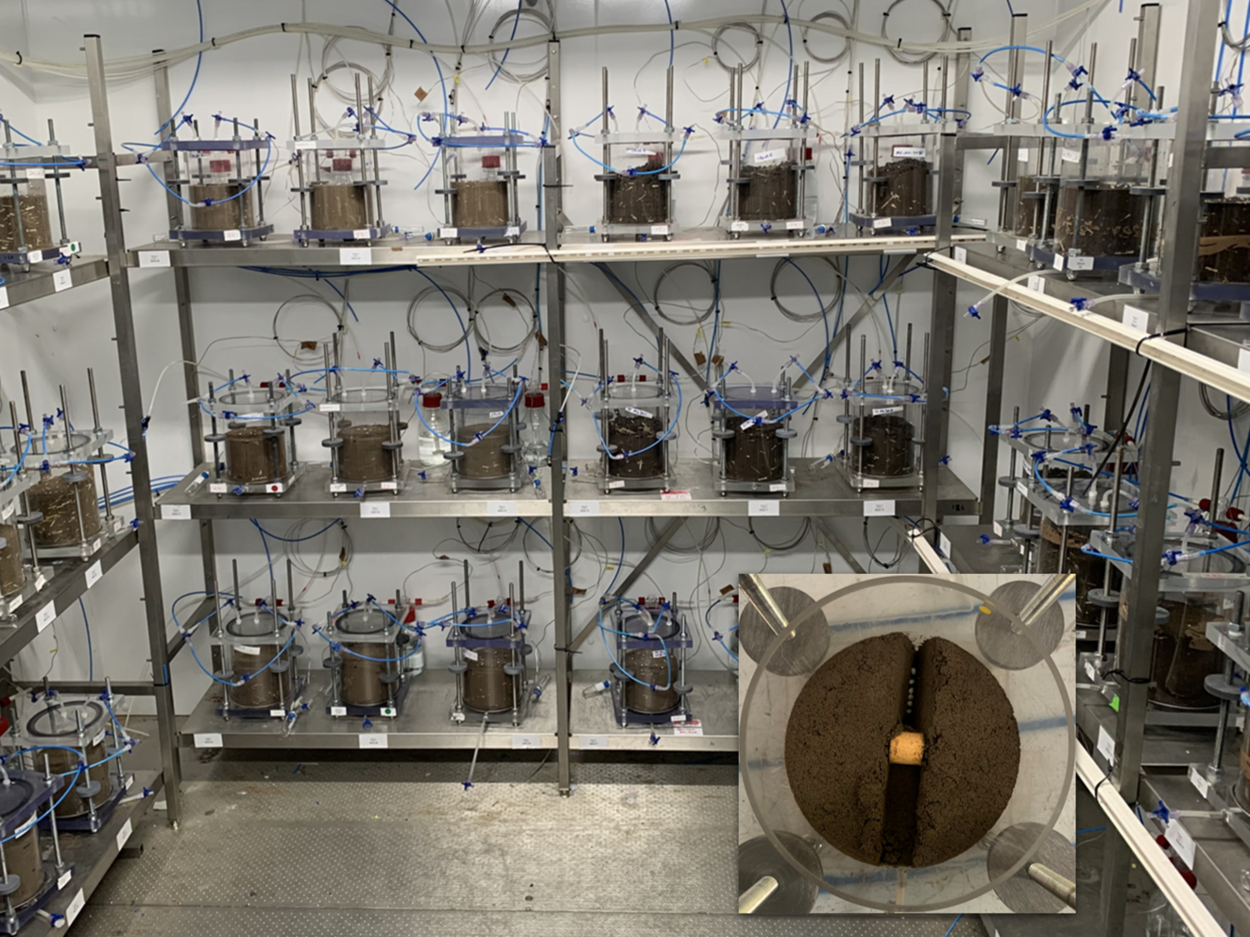Ammonia emissions (NH3) not only harm the environment and climate but also reduce the nitrogen efficiency of urea fertilizers. These losses can be avoided by using different measures such as incorporation. In this laboratory study, the effectiveness of three different incorporation techniques was investigated on three soils of different compositions. The greatest reduction potential for NH3 emissions was achieved with slit injection 87% and deep incorporation 82%, relatively uncertain and significantly lower, however, was the reduction achieved by surface incorporation. In addition, lower emissions were observed with increasing clay content. Nitrous oxide (N2O) emissions were also investigated and occurred delayed and highest on the sandy soil. Due to the surface incorporation, strong "pollution swapping" in the form of N2O was observed at higher moisture levels. Conclusion of our study: The results highlight the high NH3 emission reduction potential of deeper incorporation of urea. Concurrently, they also show the risk that under certain soil conditions, in particular at high soil moisture, N2O emission may increases, calling eventually for other mitigation measures site specific.
Scroll to top

![[Translate to English:] [Translate to English:]](/media/_processed_/6/4/csm_titel_CO2Kampagne8_afeea2273e.png)
![[Translate to English:] [Translate to English:]](/media/_processed_/4/1/csm_titel_93px_CO2Kampagne8_9b0f3354d4.png)






